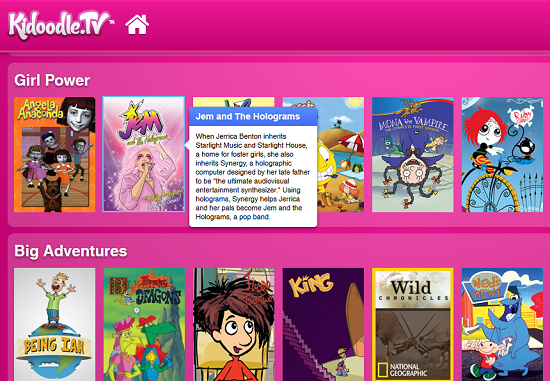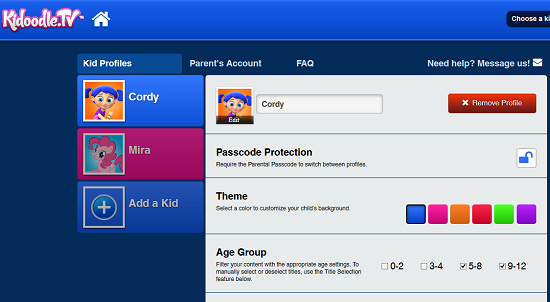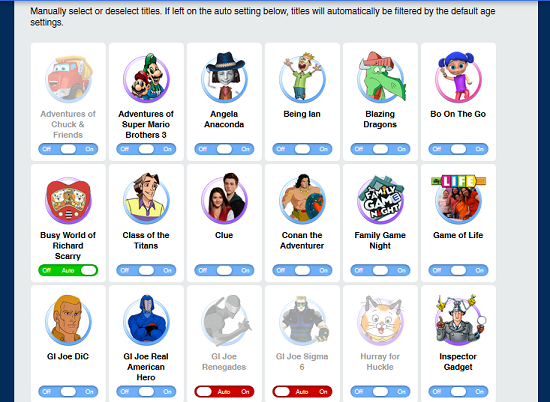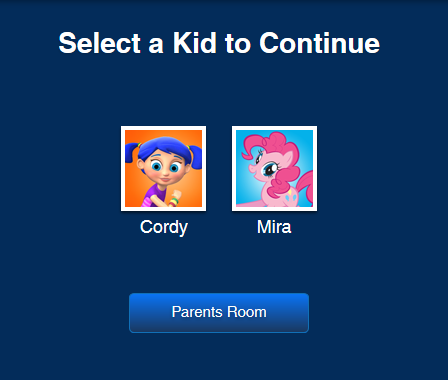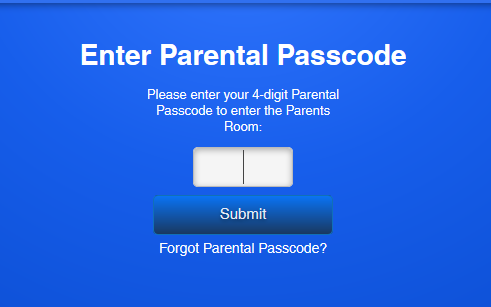Disclosure: I participated in this program on behalf of Udi’s and The Motherhood. All opinions are my own.
It was about a year and a half ago that Aaron went gluten-free. At the time, I had first learned about Udi’s Gluten Free foods, and they suggested we try a two week gluten-free challenge. Aaron and I both tried it, completely eliminating gluten from our diets for two weeks. At the end of it, we felt pretty good, but the true test was to see how we felt eating gluten again. I had no trouble going back to gluten. Aaron, on the other hand, discovered just how badly his body handles gluten, and after a few days of extreme pain, realized that maybe gluten-free would have to be a necessary lifestyle change.
This isn’t an uncommon path for many with gluten intolerance, I’ve found. Udi’s reports that only 10% of those who go gluten free are medically diagnosed, while 37% are self-diagnosed and discover through elimination diets. Although in our case, Aaron went to his doctor after this and was told to remain gluten free due to gluten sensitivity. It’s possible he’s had this sensitivity all of his life, although it’s also possible to develop it later in life after a major change to the body or traumatic event.


